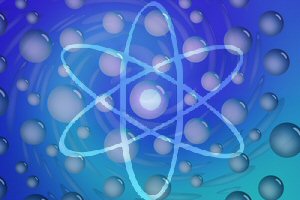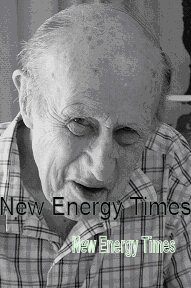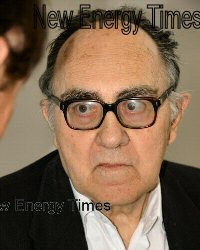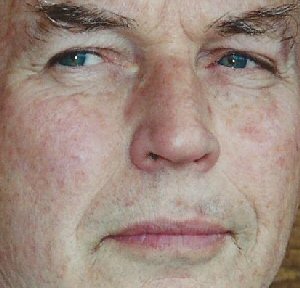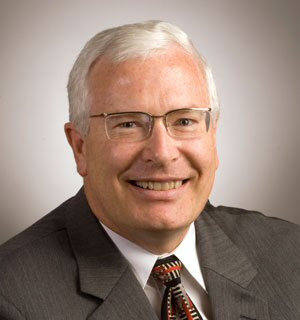
Chairman Robert Duncan
July 17, 2013 – By Steven B. Krivit –
The 18th International Conference on Condensed Matter Nuclear Science takes place next week at the University of Missouri. The conference is organized by Robert Duncan, vice chancellor for research, and his wife, Annette Sobel, assistant to the provost for strategic opportunities.
Duncan’s offer to host ICCF-18 fills a large void in the field. According to the tradition of rotating continents among ICCF conferences, last year’s ICCF-17 should have been in North America.
But during the discussion at ICCF-16 conference in Chennai, India, no North American researcher was in a position to offer to host the next international cold fusion conference. Nobody had the financial resources or access to sponsors. Instead, the conference took place in Korea.
Funding and recognition has been difficult for these researchers. A significant reason is that many of them give the field the appearance of pseudoscience. There is no scientific evidence for LENR as “cold fusion,” yet many longtime researchers in the field remain wedded to the belief that deuterium nuclei can overcome the Coulomb barrier at appreciable rates at room temperature.
Nevertheless, two significant scientific events have occurred in the last two years with LENR researchers who are independent of the “cold fusion” researchers.
Last year, a LENR colloquium took place at one of the most prestigious nuclear physics institutions in the world, CERN, the European Centre for Nuclear Research.
On March 22, 2012, CERN hosted an invited colloquium, “Overview of Theoretical and Experimental Progress in Low-Energy Nuclear Reactions (LENR),” which took place in CERN’s council chamber.
On Nov. 14, 2012, for the first time in a decade, the American Nuclear Society hosted a low-energy nuclear reaction session. It took place at the ANS Winter meeting in San Diego, Calif. The session was requested by the interim executive director of the ANS.
[DAP errMsgTemplate=”” isLoggedIn=”N”]
Login or Subscribe to remove this notice
Professional Journalism – LENR Facts
Original online content only at New Energy Times
[/DAP]


